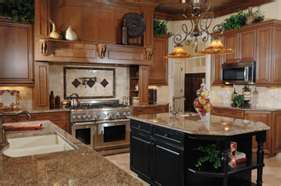Great Ideas on Painting Primers
A primer can be a paint or coating applied straight to a surface to serve being an undercoat for other paints. In principle, any paint could be harnessed for primer, but specially prepared compounds typically do the job much better.
Many surfaces aren’t quite willing to function as the camp for any single coat of oil-based or latex paint. They may take in an excessive amount of paint, or why not be uneven. They might be discolored. They own chemical or physical properties that make applying a single, even coat extremely difficult.Primers solve all of the problems plus more.
Primers use a coat straight to the counter allowing a top coat to stay better. Without, it will require several coats to create exactly the same result. Since primer is usually much less expensive final-coat paints, that could substantially raise the total cost of materials. Using a primer, only one coat in the final type is necessary, producing a standard cost reduction.
A great primer will lessen rough surfaces. Some walls, obviously, might be too pitted, requiring putty or other preparation. But a wall that is certainly simply rough is frequently built to appear smooth having a proper primer.
The effect is caused by both thickness and color. A thick primer helps add period of time, broad valleys in a wall surface. Simultaneously, along with (often a dull white or gray) helps mask any highlights, making the wall appear smoother regardless if it isn’t.
Primer helps smooth out the final color in another way, too. How much paint assimilated, surface discolorations along with other defects could cause one last coat to possess a slightly different shade from area to the next.
Giving the most notable coat paint something to hang on to aside from the bare surface, the ultimate coat applies evenly. That generates a smoother looking wall or ceiling. Thus, light reflects evenly over surface throughout the entire room. The eye recognises that as being a uniform shade. Even same color can be displayed differently when shadows and other reflection effects occur.
Discolorations can happen as a consequence of weather, smoke, smudges as well as a hundred other causes. Cleaning a wall during preparation can only go so far. A primer can certainly produce a flat, even color that masks those problems. It has a uniform place to start which to make use of a final paint. That makes a more uniform outcome.housespainting
Primer is made to dry quickly, therefore the job isn’t delayed much beyond the time that it takes to utilize. Oftentimes, a substantial wall section can be primed, then this next. The 1st will dry even though the second section has done. The 1st can then be painted as the second section is drying. That keeps the job going smoothly.Latex primer is odor-free, dries fast and it is simple to clean up. That means it is an outstanding base to place down on those surfaces that need a little more preparation before final painting.click here to read more




